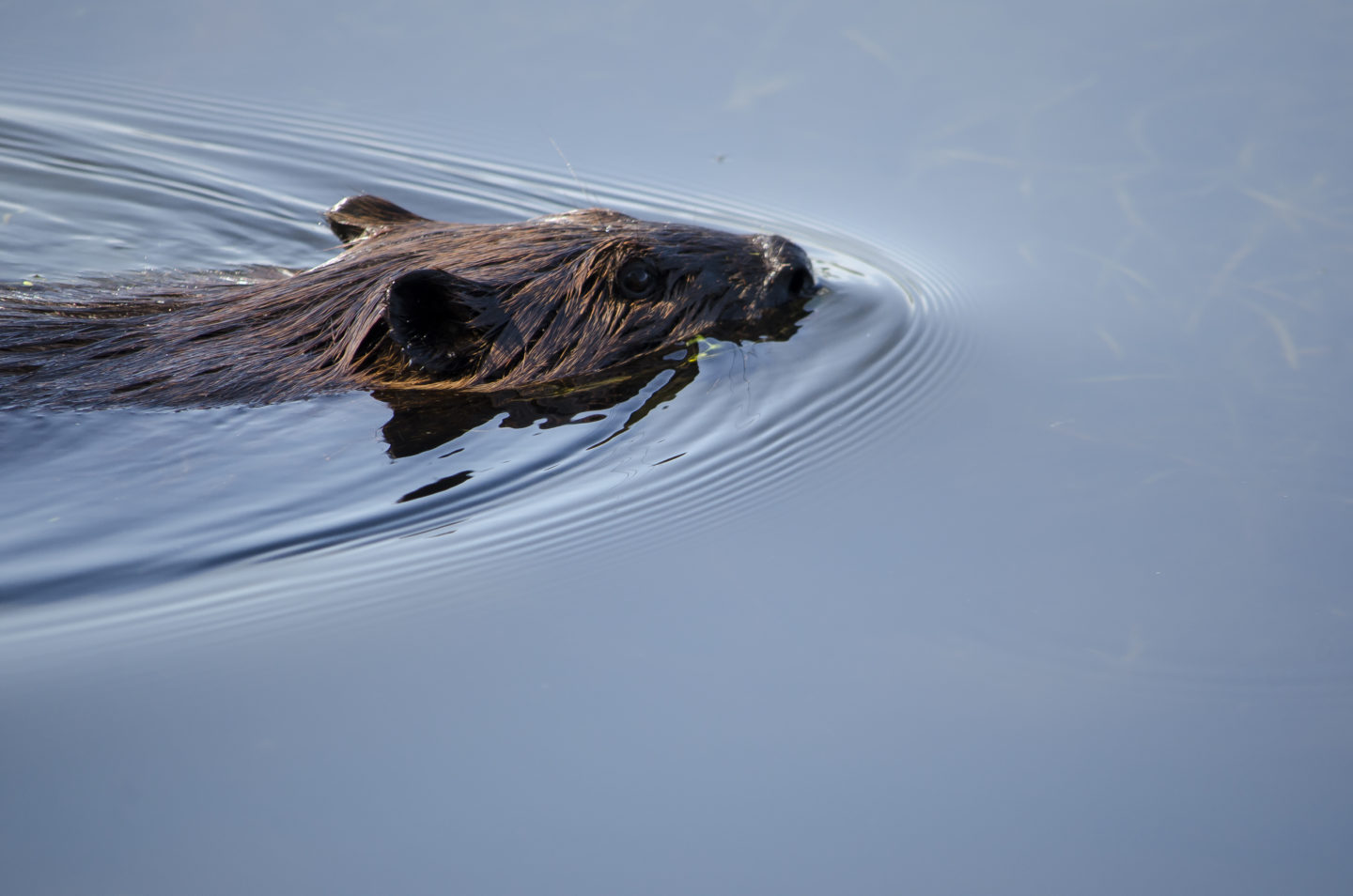Government woodland bosses have been criticised for failing to deliver on a promise to bring beavers back to state-owned Scottish land and save them from possible shooting.
Conservationists say it is “extremely disappointing” and “deeply frustrating” that Forestry and Land Scotland (FLS) has still not reintroduced beavers despite a pledge seven months ago to restore the animals on three of its sites by the end of 2022.
They also claim more animals will suffer “lethal control” as a result of the agency’s lack of action.
Beavers have been spreading in Scotland since their illegal or accidental reintroduction to Tayside 20 years ago. The Scottish Government now accepts they are beneficial to ecosystems and mitigate flooding – and has given them protected status – but they cause problems by flooding fields.
Last September the government published a new strategy for beaver management, including the expansion of their range through translocation to new river catchments, requiring licensing and local consultation.
It was hoped that would spark efforts to move beavers to government-owned land such as that held by FLS, helping problem animals avoid being shot under licences issued by wildlife agency NatureScot.
In July last year, FLS told The Ferret it had a list of ten possible sites for beaver translocations in the 2,500 square miles of Scotland it manages. It said its beaver experts would narrow that down to three sites, and planned reintroductions on them by the end of the year.
But no beavers have yet been brought back to FLS land.
The agency blames its failure on its own underestimate of the time needed for a translocation, and said the government’s new beaver strategy made it more difficult.
FLS now says “work is progressing on numerous potential sites to understand what level of consultation is going to be required.”
It says the sites include those “in range” – within river catchments with existing beaver populations, and where translocation is expected to be easier – and in new catchments.
One is a scheme for reintroduction in Glen Affric, with four private landowners, where a public consultation was led by charity, Trees for Life, last year.
In a written answer to Green MSP Mark Ruskell issued today, environment minister Mairi McAllan said it was anticipated that beavers could be translocated to in-range FLS sites by this autumn, and to out-of-range ones next year.
FLS said: “With many other priorities that need to be addressed, FLS must operate within the resources and staff time available.”
In contrast, wildlife charity RSPB Scotland has already brought beavers back to its nature reserve on the southern shores of Loch Lomond, with seven animals transferred there from a conflict area in January.

Tom Bowser runs the Argaty conservation estate, near Doune, in Stirlingshire, and was the first private landowner to reintroduce wild beavers under licence in Scotland, in 2021. He said: “If the RSPB can do this, and if we, a tiny family-run business can, then FLS’ claims about lacking resources sound pretty weak.
“If they seriously want to do this then they will do it. As long as this inactivity continues we will have to conclude that they don’t much care.”
He added: “It’s extremely disappointing that public land managers such as FLS have not thus far led on translocations… As a country we should always look to relocate these animals ahead of killing them.
“The awful truth though is that many of these incredible, biodiversity-boosting animals will be shot under licence again this year, just as they are every year, because relocation sites are not being offered… Inactivity on this matter is simply not acceptable.”
James Nairne of the Scottish Wild Beaver Group said: “It’s deeply frustrating that FLS are making excuses. Beaver families that could have been moved from conflict areas to suitable FLS land will now likely be shot.
“The process for moving beavers is indeed overly long and complex, but Scotland’s public bodies need to show more leadership and ambition.”
James Silvey from RSPB Scotland was one of the team that brought beavers to Loch Lomond last month. He said he would expect FLS to have made much more progress.
At Loch Lomond, the RSPB plan took “five to six months”, with public consultation lasting ten weeks. This was an “in range” transfer, with beavers living elsewhere in the catchment, and Silvey believes the FLS in-range proposals at least should not be as onerous as the agency appears to think.
The awful truth though is that many of these incredible, biodiversity-boosting animals will be shot under licence again this year, just as they are every year.
Tom Bowser, Argaty
He said: “We want to see cull numbers decreased and translocations increase because we know there’s a lot of vacant beaver habitat available where the risk of conflict is a lot lower than in Tayside.”
He added: “It is frustrating that at present we have not seen come forward to offer sites for beavers when organisations such as ourselves and Argaty have already done that.
“We would be more than happy to work with FLS if they needed advice or guidance in order to facilitate a translocation.”
Steve Micklewright, chief executive of Trees For Life, suggested that if agencies such as FLS could not achieve translocations, groups such as his could be supported to do them.
The Glen Affric project with FLS had required a significant amount of consultation and wider community, he said, and added: “While the government has issued a clear directive to public agencies to take a lead in ensuring beavers can be reintroduced to those areas where they can deliver the most benefit, this is a complicated and time-consuming process. If public agencies are unable to devote the resources needed to achieve this, the government should urgently look to supporting the third sector to facilitate this.”
An FLS spokesperson said: “Identifying potential sites for translocations is only the first step in a long and complex process that requires considerable preparation and also a significant amount of consultation. We underestimated how long that process would take.
“With many other priorities that need to be addressed, FLS must operate within the resources and staff time available to devote to this.”
The spokesperson said FLS has continued to select and prepare sites and said the Affric work with Trees for Life is one of several collaborative plans FLS is exploring, and added there was more detailed evidence needed for translocation proposals than the agency expected as a result of the strategy document.
“We need to work with local communities, to explain to them the possible implications of beaver translocations, and retain their trust in us as land managers,” the spokesperson said. “The level of consultation required to address local concerns could be considerable, but we will continue to work on taking several opportunities for translocations forward.”
Photo thanks to iStock/karen-cooper














